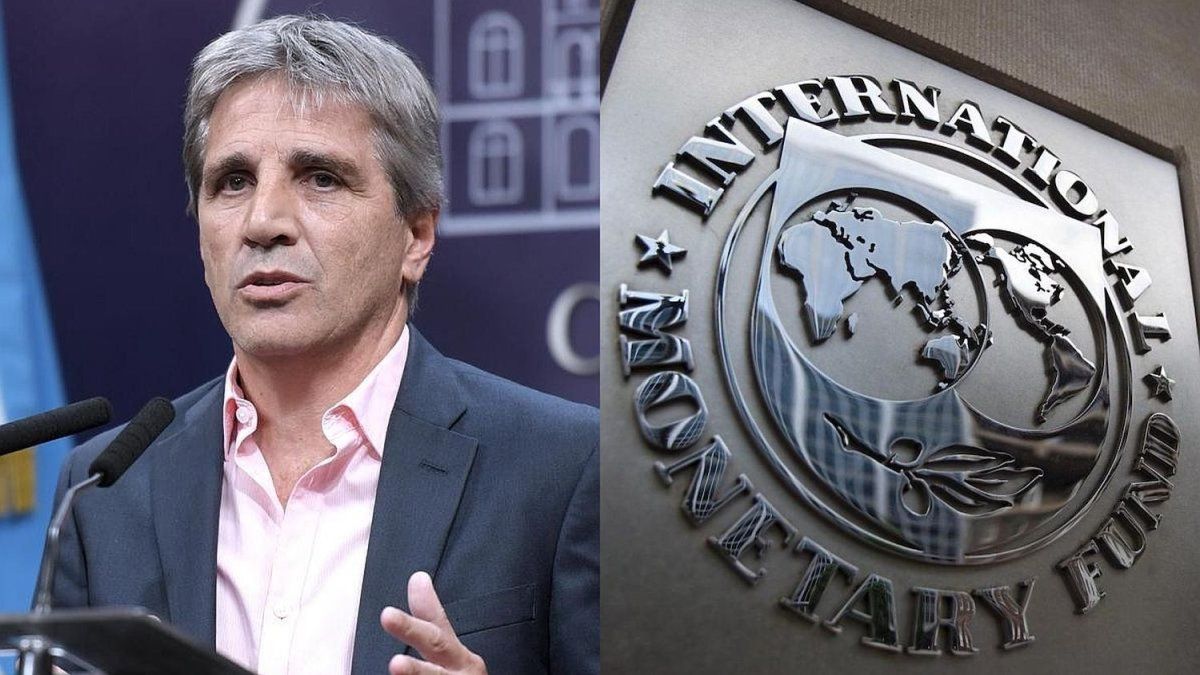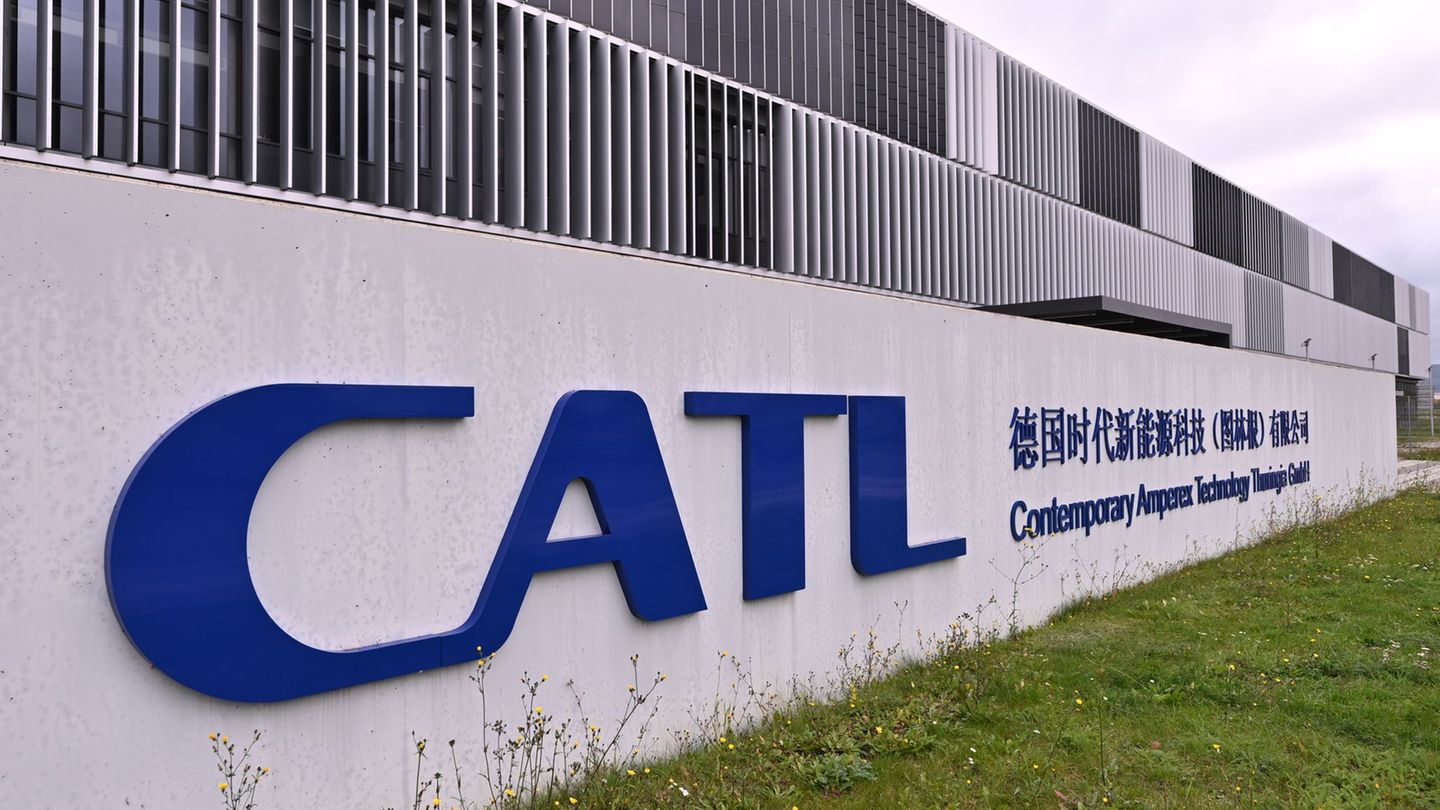Technically, a recession is declared with two consecutive quarters of seasonally adjusted decline in activity compared to the previous period. In the second, the drop was 0.1%.
With the new adjustments in the growth projections announced for Argentina this Tuesday by the International Monetary Fund (IMF), the credit organization practically confirmed that The economy has been in recession since at least the second quarter of this year.
The content you want to access is exclusive to subscribers.
In the latest report on World Economic Outlook, The Fund’s technicians point out that the growth will be 4.5%, that is, one point less than previously anticipated. If the data from the first half of the year are taken into account, this information indicates that The second half of the year is one of stagnation.


The IMF and the Argentine Government had been quite optimistic a few months ago, announcing by 2025 a GDP advance of 5.5%, also included in the projections of the 2026 Budget that Congress is analyzing these days.
“If the activity remained stagnant during the second semester, the average growth for the year would be 4%”, the consultant estimated a few weeks ago Balance. It states that “the events of recent weeks have worsened the prospects, making a recession is very likely in the second half of this year.”
According to official data from INDEC, GDP increased 5.8% year-on-year in the first quarter of this year, and 0.8% in relation to the previous period, while in the second rose 6.3% year-on-year, but with a drop of 0.1% quarter-on-quarter.
For next year, 2026, the IMF proposes a growth of 4%, which is also very optimistic in the light of analysts.
When is it determined that there is a recession?
For a recession to be technically declared, The third quarter should have been contractionary compared to the second. But the data that can anticipate that behavior is long overdue. This is the Monthly Estimator of Economic Activity (EMAE) whose last known figure is from July, with a drop of 0.1% compared to the previous month. They are missing August and September, which economists do not rule out have been bad.
“The economy stagnated in February: in July, the latest data available, it was 1.5% below that month, peak of the year. In “August and September, monetary squeeze and rise in the exchange rate through, the numbers are hardly better,” affirms the Center for Economic Studies of Banco Provincia in a report.
The report indicates that “In the last quarter, If the disarmament of pesos does not subside – contrary to the sale of reserves of the National Treasury and the Central Bank -, or the jump in the dollar actually materializes, “It will be difficult for activity to rebound significantly.”
Source: Ambito




